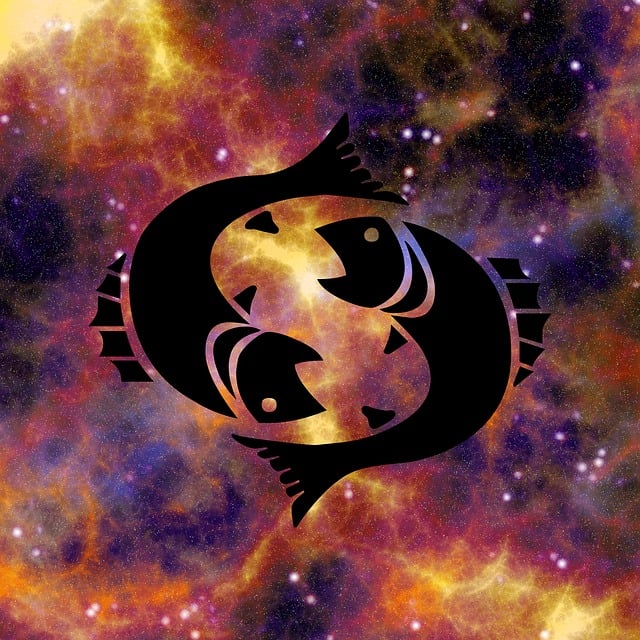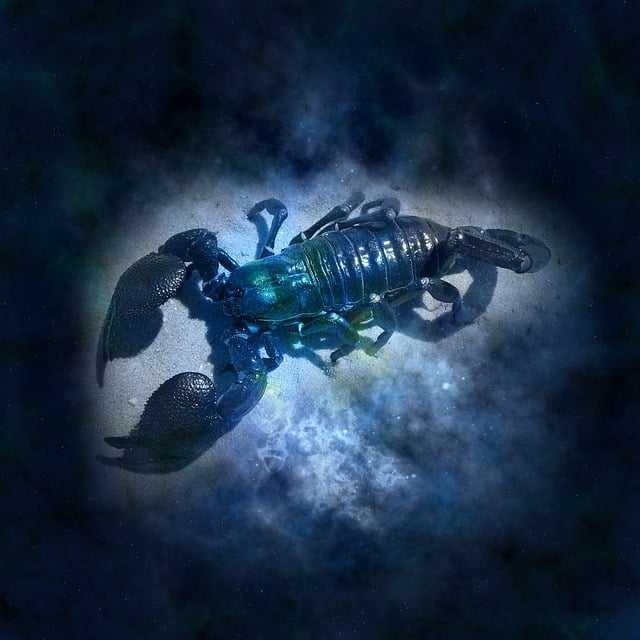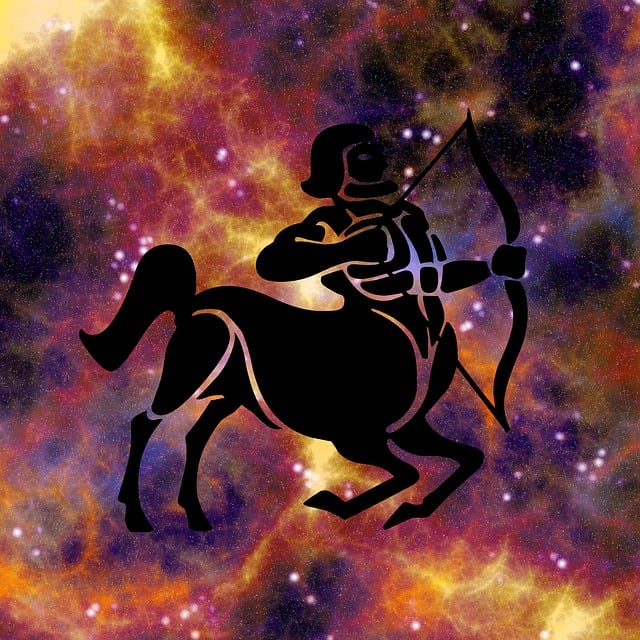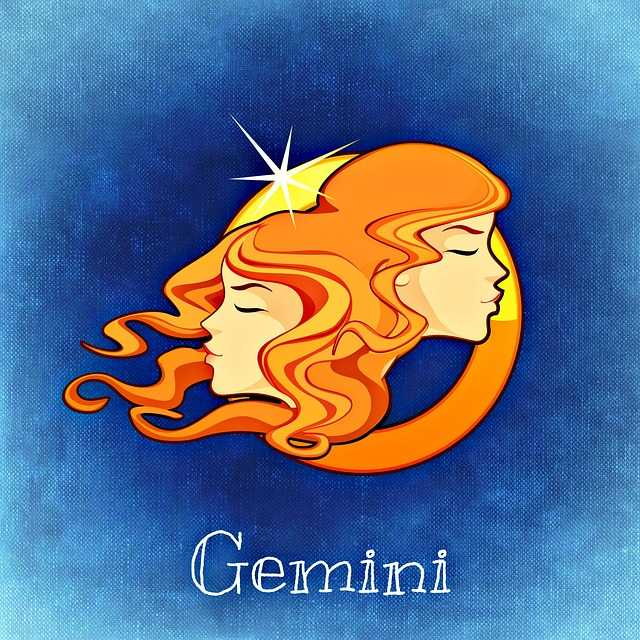The Hourglass/Seesaw of the Birth Chart Pattern The Hourglass/Seesaw
The Hourglass/SeesawPlanetThe Astrolabe pattern is composed of two sets of planets. Groups of planets are at least 65° apart and have at least one pair opposite each other. The 10 planets in these two groups can be arranged in a 2:8, 3:7, 4:6 or 5:5 pattern, but there must be at least two planets in each group and no more than eight. Ideally, both sets of planets are on a central axis, with at least 90° of space between them, and the chart pattern contains three oppositions: two pairs of boundaries facing each other outlining an hourglass shape, and core opposition along the central axis. However, it is possible for a chart pattern to have only one opposition pair and still be considered an hourglass chart pattern. If there are no oppositions in the chart, another chart pattern may be a more appropriate classification. The further the hourglass chart pattern deviates from the above ideal, the less relevant the explanation below will be.
If you have one of the most common planetary chart patterns, you will strive to bring balance and harmony to your world. Two sets of opposing planets in your chart represent two opposing viewpoints that you are trying to balance or reconcile. However, your chart may fall broadly into the hourglass category, but lack the symmetry, compactness, and border opposition of the ideal hourglass chart form (like Noel Coward's in the image above). This does not mean that you lack something within yourself. Most people's astrology charts fall far short of an ideal category. It is true, however, that the farther away a person's astrological chart pattern is from the ideal shape, the less descriptive that chart pattern is of their character.
Double archetype, full of dynamic tensionThis is an obvious dual structure, a dual archetype full of dynamic tension. In this structure, opposing aspects dominate.
This structure may demonstrate some objectivity, thoughtfulness, and a tendency to resolve conflicts. Seesaw people can be excellent mediators in conflicts between opposing parties because they want to ensure that the resolution of the conflict is fair to both parties. This is also the division they unconsciously want within themselves.
Living Two LivesThe seesaw is associated with the polarization of life, the tendency to disconnect, and the phenomenon of "two lives." At the same time, much of their energy and motivation is devoted to trying to make the two areas "live together" and maintain balance. Often it seems to them that they have to choose between opposing values, for example, between two subjects to study, two careers, two intimate relationships, two apartments.
In this respect, this structure is similar to the Gemini mentality, but with greater tension and drama.
The Necessity of Romantic RelationshipsThese people may easily identify with half of the Seesaw energy, but feel that the other half is not.See you. They often find their significant other through romantic relationships. They try to resist it (and escape the relationship), but at the same time they become dependent on it. The need for romantic relationships may be stronger than in people with other zodiac signs.
Seesaw Example:
Frank Sinatra is a good example of where a seesaw can cause problems. He is a loving father, lover, artist, and family member in career.
The poet and painter William Blake (and his The Marriage of Heaven and Hell) is a good example of seesaw integration.
Be aware of one’s own discontinuity
What is the main individuation task of Seesaw?These people should be aware of their own discontinuity, they should be exposed to the energy of separation and learn how to communicate. To merge the two parts into a whole, achieve unity, and develop on your own terms.
Famous people with strong hourglass chart patterns (independent of the particular aspect of polarity their particular hourglass highlights) include Ingrid Bergman, Shirley Berman, Johnny Carson Ash, Jimmy Carter, Fidel Castro, Agatha Christie, Glenn Close, Phil Collins, Noel Coward, Marie Curie, Baba Ramda Si, Angela Davis, Brendan Fraser, Jackie Gleason, Gus Grissom, Rutger Hauer, Judd Hirsch, Howard Hughes, Janis Joplin, Edward Kennedy, Gurujo Marx, Burgess Meredith, Yves Montan, Ralph Nadel, Kim Novak, Nelson Rockefeller, Tom ·Selleck, Beverly Hills, Sharon Tate and Ellie Whitney.










